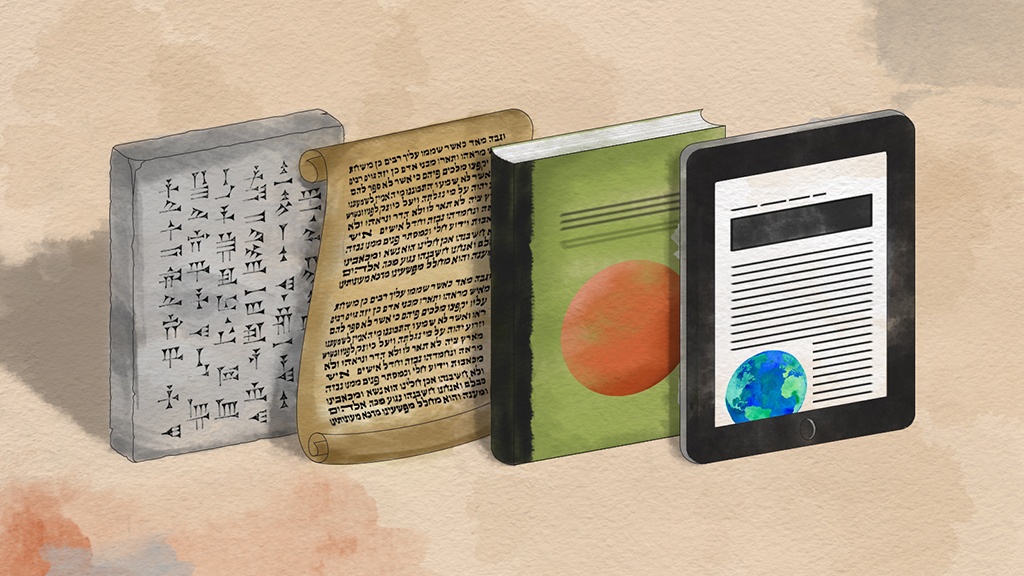
How can you ditch the textbook and go with a non-traditional curriculum for social studies?
In 2008, in my home state, the Indiana Department of Education released a statement noting that traditional history textbooks were “as dry as dust,” and asserting to school districts that they should not feel compelled to buy them. Instead, if a district wanted to purchase “alternative curriculum” (online or digital curriculum), they should feel free to do so.
I jumped on the opportunity. My goal was to “ditch the textbook” and go with a non-traditional curriculum. However, taking this step did require some convincing. If you haven’t yet made the jump, follow these steps to get started.
1. Do your research
- Find out what to expect
- Find out costs of different digital curricula
- Consider what works best with your state standards and course offering
2. Decide if you’re going to move towards 1:1
While you don’t have to go 1:1 using a digital curriculum, this might be a goal to consider. As we moved away from textbooks, my school district began moving toward a 1:1 student/computer ratio. We began by issuing iPads in a staggered distribution (first to freshmen and sophomores, then all four grades), and then eventually, in 2014, we decided Chromebooks worked better for our needs. In addition, students have unlimited storage access through Google Drive, and teachers can announce daily lesson plans via Google Classroom.
3. Choose an excellent digital curriculum

The digital curriculum I chose was a big part of my success. Here are some things to look for when choosing a digital curriculum:
- Make sure it allows you to seamlessly assign activities to students.
- Find a curriculum that provides a diverse selection of activities (writing, simulation gaming, visual sources, etc.)
- Check if you can add your own content (quizzes, lessons, etc.) to the interface so as your needs change, your curriculum changes to meet the need.
If you want to learn more about the digital curriculum that I use, sign up here for a free trial of a digital curriculum for secondary social studies, Active Classroom.
4. Come up with a plan
- Do your research. (What curriculum resources best fit your needs?)
- Involve all department members in the decision-making process.
- Ask for opportunities for free trials of curriculum resources. Take resources for a “test drive.”
5. Present the new curriculum to the school board
I had to present our new curriculum to our school board to get it approved. To do this, I developed a PowerPoint presentation highlighting the advantages of going with digital resources rather than traditional textbooks. I also demoed some slides from a “ backwards planning” unit as well as other activities we wanted to buy. In my case, I was an author of many of the materials we presented, but I realize that won’t be the case with the majority of teachers. The important thing in this presentation is to be prepared and very familiar with the digital curriculum you are recommending.

6. Address the nonbelievers
There was an older teacher in my department who resisted the idea of going without a textbook. We had several department meetings to discuss advantages and disadvantages of going digital. I tried to understand, and addressed any concerns this teacher had. I also promised to assist in any way I could to help her get acclimated to digital resources.
Our compromise was to go ahead with the digital curriculum, but to also provide one classroom set of books we had considered adopting for each teacher. This cut into our first budget but was not an issue as we became more acclimated to using digital curriculum (and as this teacher retired).
7. After you get approval

After you get approval to introduce the digital curriculum, you will need to set up the materials. You may need to create a procedure for department members to “check out” supplies. At my school, we are required to provide “guidelines and expectations” sheets to our students on the first day of school. I explained the digital curriculum at that time. I did not have any real resistance to this.
However, since my students didn’t have devices at that time, I did need to print out most of the material. Once we were fully 1:1, this was not necessary.
8. Set ground rules
At my school, we require students (and parents) to agree to an Acceptable Use Policy (AUP). This sets the rules and guidelines about device usage.
We need to have a more effective software solution to monitor student device usage. Generally, it all depends on teacher vigilance to make sure students are on task. I try to ensure correct student use of devices with vigilance and a blended learning environment.
We include penalties in our student handbook for misuse of school technology as well as personal devices (such as cell phones). This is important because these ground rules limit student distraction and allow the class to progress smoothly.
Weather the challenges
In conclusion, while there are challenges that arise when a school moves to a digital platform, the benefits far outweigh the drawbacks. I encourage you to investigate this new and innovative type of instruction in your own teaching.
Want to try a free 30-day trial of Active Classroom?
Michael Hutchison is social studies department chair at Lincoln High School in Vincennes, Indiana. A 39-year teaching veteran, he has written multiple titles for Social Studies School Service as well as lessons for several Ken Burns films, including The War, The Roosevelts: An Intimate History, and The Vietnam War. In 2014, the Indiana Historical Society named him Caleb Mills History Teacher of the Year.


